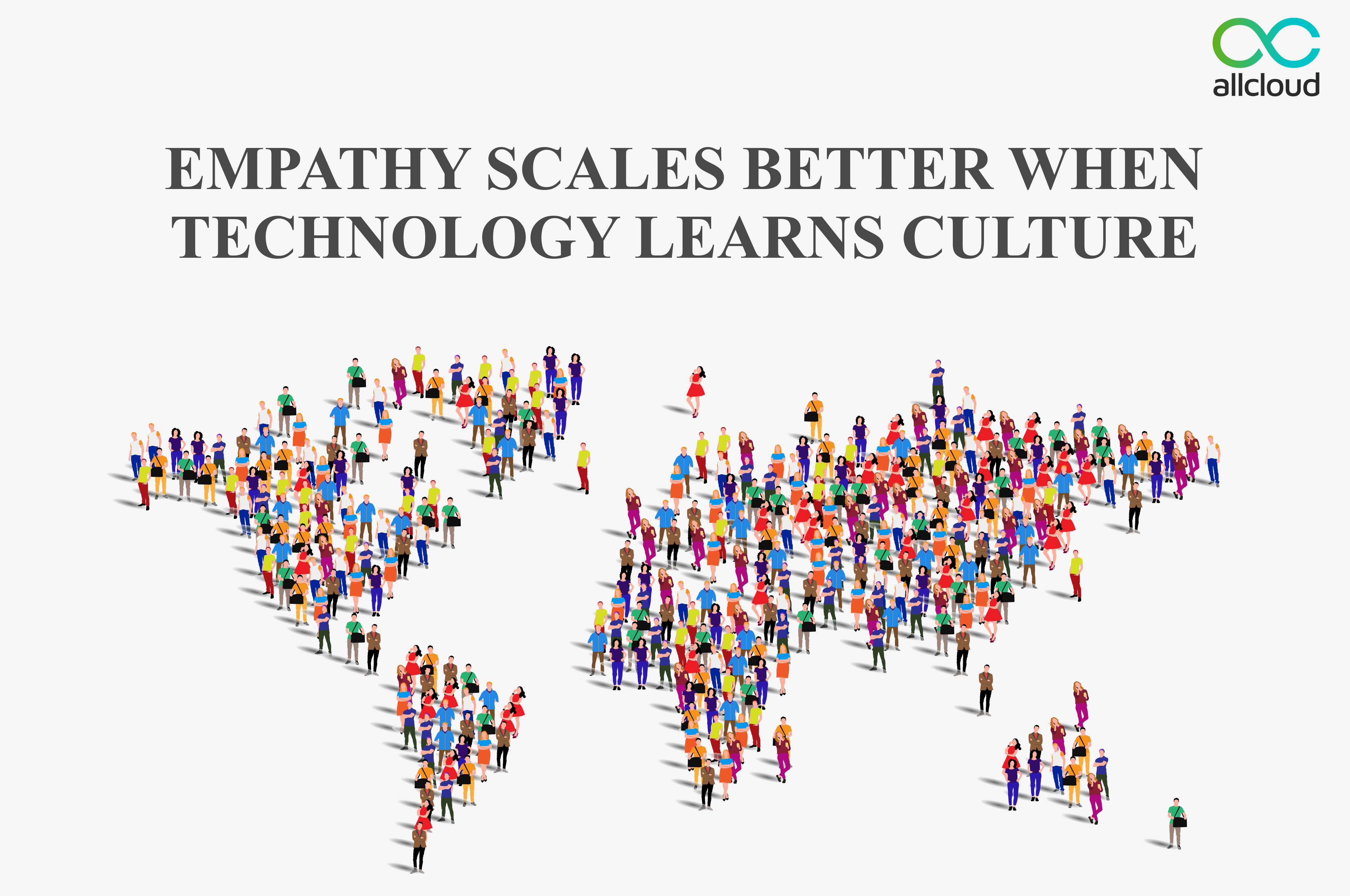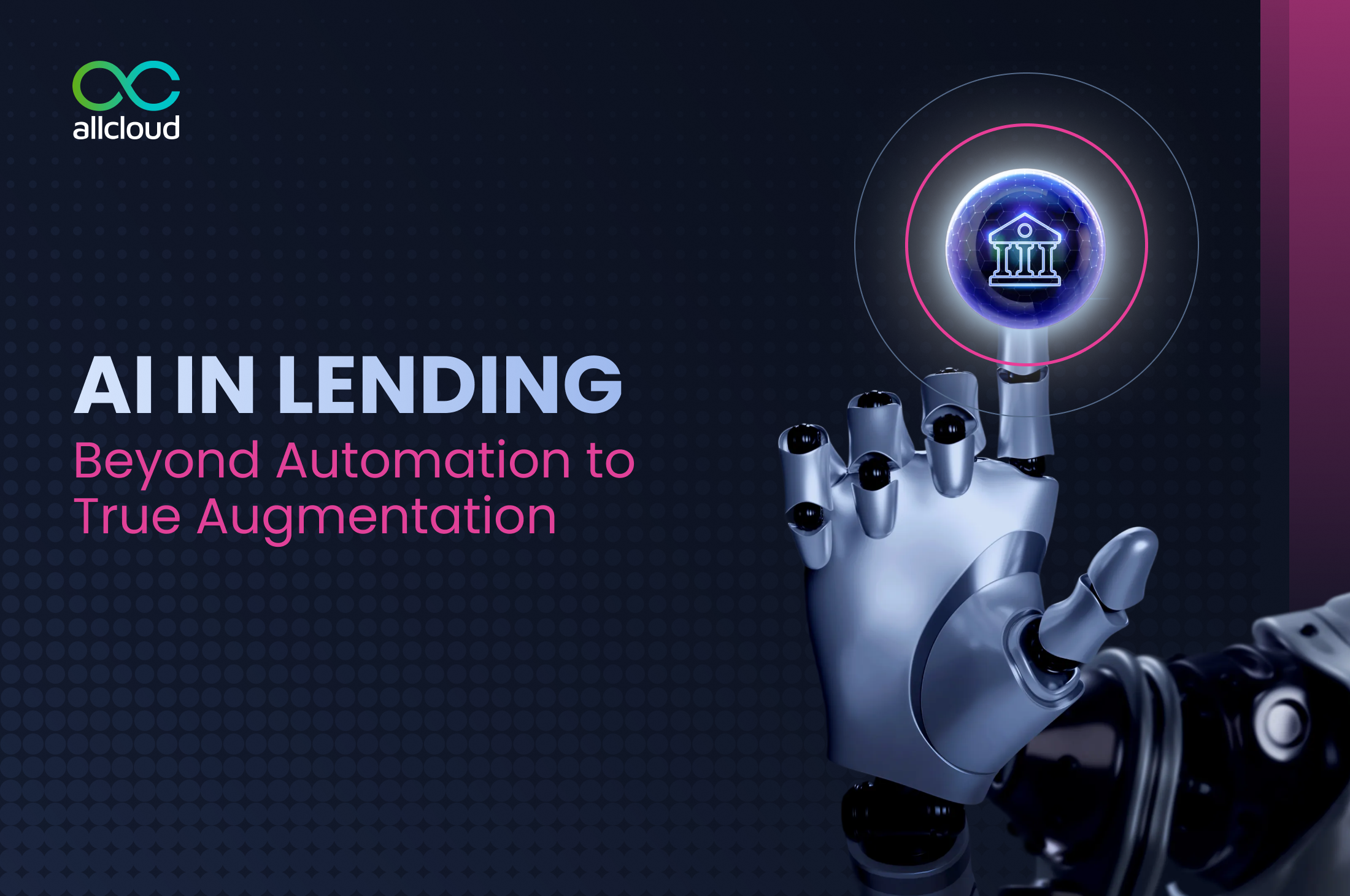Lending Across Borders: How Culture Shapes Risk and Credit Behavior
Get In Touch

Heading 1
Heading 2
Heading 3
Heading 4
Heading 5
Heading 6
Lorem ipsum dolor sit amet, consectetur adipiscing elit, sed do eiusmod tempor incididunt ut labore et dolore magna aliqua. Ut enim ad minim veniam, quis nostrud exercitation ullamco laboris nisi ut aliquip ex ea commodo consequat. Duis aute irure dolor in reprehenderit in voluptate velit esse cillum dolore eu fugiat nulla pariatur.
Block quote
Ordered list
- Item 1
- Item 2
- Item 3
Unordered list
- Item A
- Item B
- Item C
Bold text
Emphasis
Superscript
Subscript
In a world where lending platforms transcend geographies, languages, and regulatory borders, one critical truth often gets overlooked: money may move digitally, but trust still moves culturally.
Erin Meyer’s The Culture Map offers a fascinating lens to understand this. It’s not a book about finance—it’s about how people from different cultures build relationships, communicate, and make decisions. Yet for lenders expanding across India, Southeast Asia, or Africa, her framework could be the most important leadership guide they read this year.
Cultural Nuance as Credit Intelligence
In The Culture Map, Meyer defines eight cultural dimensions—from communication and trust to hierarchy and time orientation—that shape how people interpret behavior. For instance, the same reminder, feedback, or follow-up can be perceived as professional in one culture but aggressive in another.
For lenders, these insights are crucial. Borrowers don’t just respond to repayment terms—they respond to tone, intent, and context.
A borrower in Mumbai may prefer a data-driven digital reminder, while a borrower in Coimbatore or Jakarta might value a phone call from a known relationship officer. A borrower in Nairobi might see lending as partnership, not transaction.
When a lending platform overlooks these subtle differences, even the most sophisticated risk model can misfire. Culture is not noise—it’s the hidden variable that shapes behavior.
Beyond Credit Scores: Decoding the Human Context

Traditional credit systems are built on structured data: income, transactions, and repayment history. But The Culture Map reminds us that behavioral patterns are context-dependent. In many relationship-driven societies, trust is built through familiarity, not formality.
Consider two borrowers:
- One delays repayment but always responds positively when personally engaged.
- Another defaults silently after a faceless digital reminder.
In purely statistical terms, both are “at-risk.” But in human terms, the first needs empathy; the second needs precision.
The problem is that most lending systems are designed for uniformity. They assume rationality, predictability, and standard behavior. Meyer’s framework challenges that assumption. The reality: every borrower carries the culture they grew up in—and it colors how they experience debt, obligation, and communication.

When Geography Shapes Psychology
India itself is a cultural map of contrasts. The credit behavior of an urban salaried borrower in Delhi differs drastically from that of a small entrepreneur in Madurai or a gold-loan customer in Thrissur.
In northern India, assertive reminders might signal professionalism. In the south, they might be read as disrespect. In rural markets, relationships still outweigh algorithms. Even payment timing can vary by cultural norms—some borrowers align EMI cycles with religious or business calendars.
For lenders operating across borders or within diverse nations, these differences can quietly shape repayment rates, customer satisfaction, and even fraud risk. The lesson is simple: local trust demands local understanding.

Culture and Technology: Building Systems That Listen!
Can technology learn culture? With the right design, yes.
Lenders today can embed cultural sensitivity into systems using AI, analytics, and configurability. Imagine a loan management system that recognizes regional communication preferences—automatically switching tone, timing, or even channel of communication based on borrower behavior patterns.
Or a credit engine that uses localized behavioral data to detect early stress signals—not through defaults, but through micro-patterns in engagement.
This isn’t science fiction—it’s empathy at scale. And it’s where AllCloud’s Unified Lending Technology is quietly pushing the frontier.

.png)




